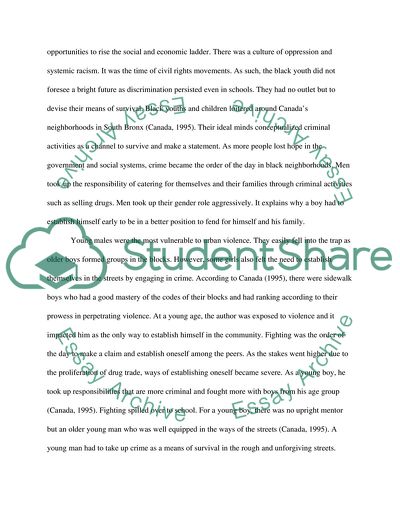Cite this document
(“A Personal History of Violence in America Essay”, n.d.)
A Personal History of Violence in America Essay. Retrieved from https://studentshare.org/literature/1701572-a-personal-history-of-violence-in-america
A Personal History of Violence in America Essay. Retrieved from https://studentshare.org/literature/1701572-a-personal-history-of-violence-in-america
(A Personal History of Violence in America Essay)
A Personal History of Violence in America Essay. https://studentshare.org/literature/1701572-a-personal-history-of-violence-in-america.
A Personal History of Violence in America Essay. https://studentshare.org/literature/1701572-a-personal-history-of-violence-in-america.
“A Personal History of Violence in America Essay”, n.d. https://studentshare.org/literature/1701572-a-personal-history-of-violence-in-america.


